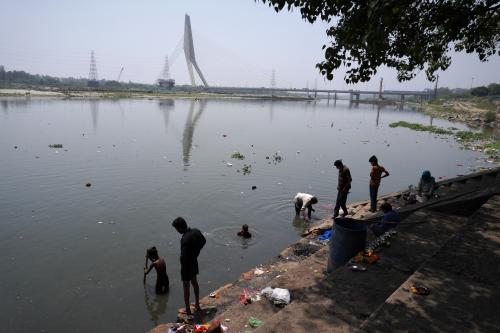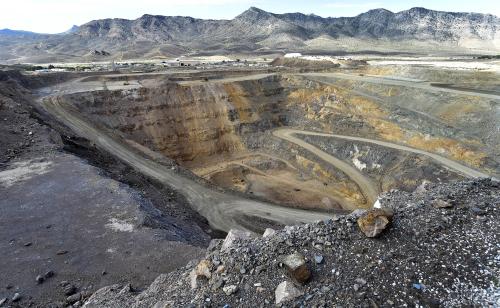Summary
Russia’s energy potential, growing Chinese, Japanese and Korean energy demand, and the priority placed by regional governments on increasing consumption of natural gas, all suggest that energy markets in Northeast Asia will integrate over the next decade. Before this can happen, however, questions over Russia’s own ability to provide competitive long-term gas supplies, inadequate domestic gas infrastructures in Northeast Asian states, and the technical and financial challenges of large-scale energy transportation projects, will have to be addressed.
Introduction
In the 10 years since the dissolution of the former Soviet Union, ideological and political obstacles to regional cooperation in the North Pacific region have disappeared. Increased diplomatic and political ties have opened the door for new business and trade opportunities between Russia and its eastern neighbors—China, Japan, and South Korea. While many of these opportunities have been found in consumer goods and raw materials trading, over the next several decades energy resources may come to dominate economic and political relations among the Northeast Asian states. The development of new oil and gas fields in Russia and increasing demand for energy from the growing economies of China and its neighbors point to the possibility that a new set of relations will emerge, based on evolving transportation networks and the integration of regional energy markets.
The Brookings Institution is committed to quality, independence, and impact.
We are supported by a diverse array of funders. In line with our values and policies, each Brookings publication represents the sole views of its author(s).



Commentary
Energy Integration and Cooperation in Northeast Asia
February 25, 2002